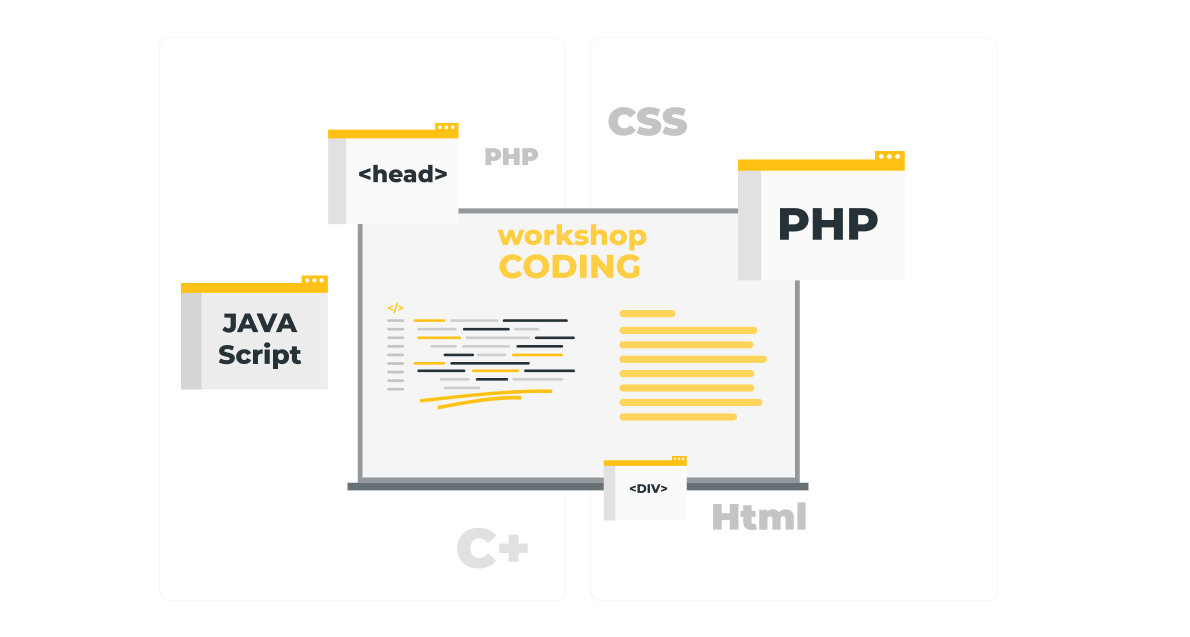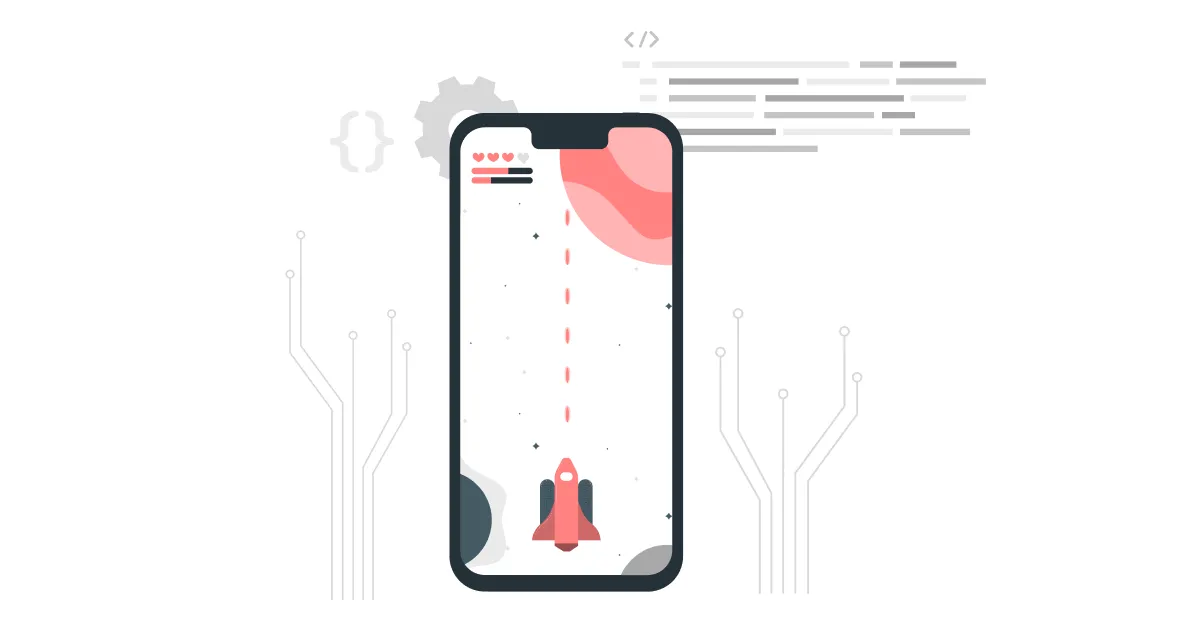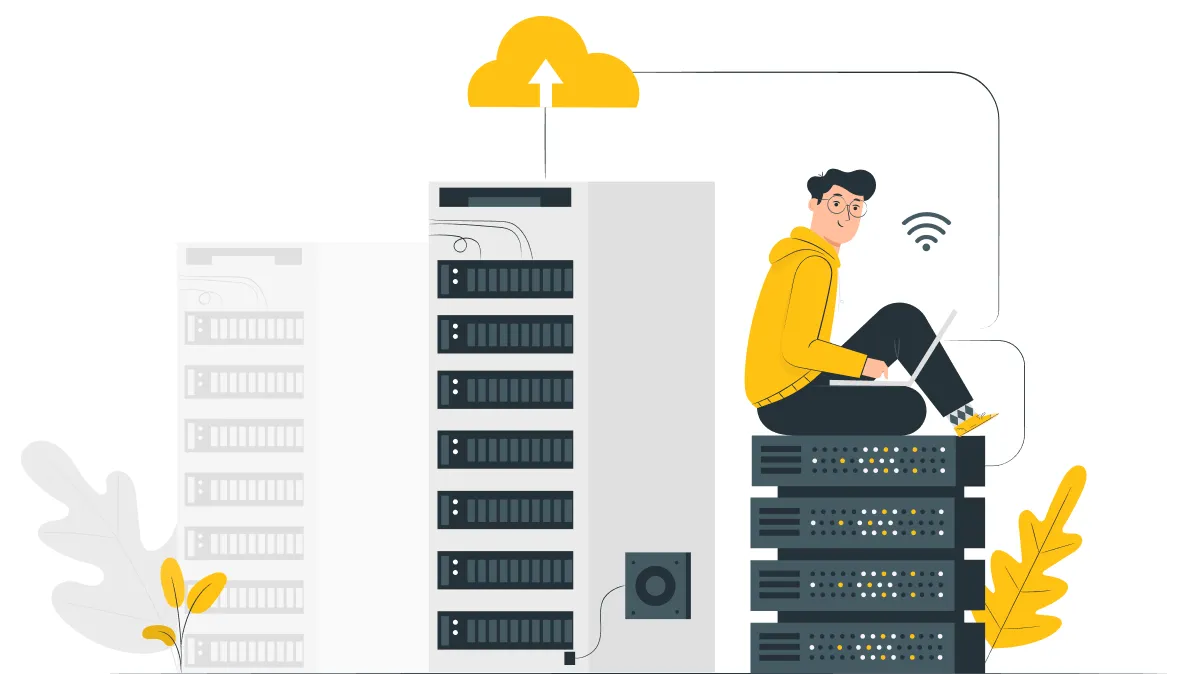Modern Programming Languages and Web Development
In the modern world, web development stands out as one of the most in-demand and rapidly evolving fields. Each day, new programming languages emerge, enabling the creation of websites much faster and more efficiently, enhancing code structure, and improving page loading speed. Various technologies, tools, and methods are continuously being added.
Successful web development requires not only basic knowledge of HTML, CSS, and JavaScript but also an understanding of the peculiarities and capabilities of various modern programming languages. In this article, you will learn about the most effective modern programming languages that can help implement projects of any complexity.
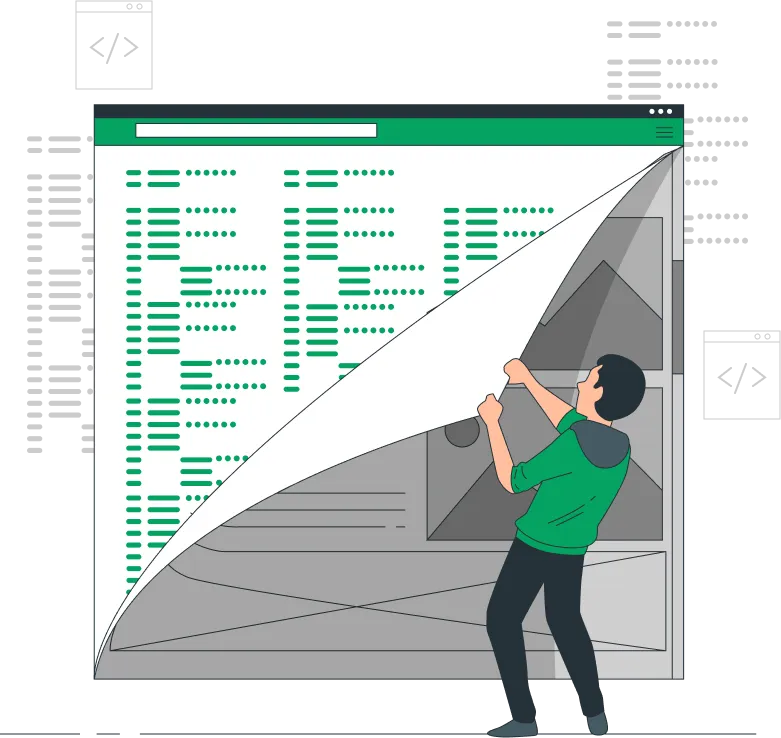
What is Web Development?
Web development is the process of creating websites and web applications. It includes:
- Defining the goals and tasks of web development, selecting technologies, and tools for creating websites.
- Creating the user interface and internal logic of pages.
- Developing the server-side for handling requests and managing data.
- Testing – involves checking the website or application for errors in its operation and discrepancies with the layouts.
- Publishing the selected website or web application on the internet.
In recent years, web development has become a highly complex and multifaceted process on par with creating desktop applications. This is due to the emergence of a large number of specific technologies, non-trivial tasks, and high requirements for the professionalism of developers. Below, we will familiarize ourselves with the most popular tools for creating web services.
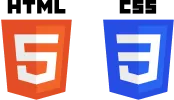
HTML and CSS are fundamental tools for modern web development that are essential to know. HTML is used to define the structure of web pages. Special tags are used to define elements.
CSS is not a programming language but a markup language that defines styles and the visual presentation of a website. It allows you to control fonts, backgrounds, colors, sizes, and many other options of various elements. With CSS, you can make the framework described in HTML more vibrant and attractive. By using HTML and CSS, you can create visually appealing and interactive web pages.
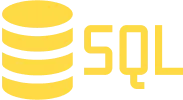
SQL is a powerful query language for databases. It is used to manage, manipulate, and retrieve data from relational databases, which form the basis of many modern web applications. SQL plays an important role in the operation of web applications and sites, enabling data processing and dynamic page generation. It is a powerful and flexible language for website programming and development.

JavaScript is an interpreted programming language used to add interactivity and dynamic behavior to web pages. It operates directly within the user's browser, creating a more responsive and engaging web experience. With JavaScript code, developers add animations and other interactive elements to websites.

Ruby, combined with the Ruby on Rails framework, holds a special place in web development. Its elegant, developer-friendly syntax and powerful framework appeal to both beginners and experienced professionals. Among the main advantages of Ruby for web development are:
- Ruby has a concise and readable syntax, similar to the English language, which simplifies learning and usage.
- Ruby allows for rapid prototyping and application development due to its simplicity and ease of use.
- Ruby is a fully object-oriented language, enabling the creation of modular, well-organized code.
- Ruby enjoys strong community support, continually evolving and incorporating many high-tech solutions.
- Ruby can be used to create both small websites and large, high-traffic web systems.
Ruby is a straightforward language for web development, offering a plethora of libraries and tools for building websites.
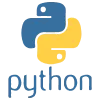
Python is a high-level programming language that has established itself well for creating the backend of web applications and websites. It stands out for its high versatility, readability, and extensive ecosystem of libraries and frameworks. It is not limited to web projects but is successfully applied in various fields, including machine learning, scientific computing, automation, and more. Among the key characteristics of Python are:
- The language syntax is very simple and understandable.
- It is a versatile programming language that can be used for a variety of tasks.
- Python has a large library of standard modules and third-party libraries that can be used in web development.
- Python demonstrates high performance for most web applications.
- Python has a large and active community of developers who can help solve problems and answer questions.
- Python is an open-source language, meaning it is free to use and distribute.
Python offers many ready-made solutions, including frameworks (such as Django, Flask) and libraries for interacting with various website elements. Python is used for developing websites and web applications. It can also be used to implement server-side logic and handle data through databases.

Go (Golang) is a popular open-source compiled programming language developed by Google. It is rapidly gaining popularity in web development due to its performance, ease of use, and built-in capabilities for parallelism, making it ideal for creating highly competitive and scalable web applications. Among the key features of this programming language for web development are:
- Go compiles easily into machine code, ensuring faster website and web application loading speeds.
- The programming language has a simple and concise syntax, resulting in excellent programs.
- There are built-in structures and functions for parallel data processing and network operations.
- Go places great emphasis on security.
The Go developer community on the internet continues to grow, meaning there are plenty of resources, libraries, plugins, and frameworks available. However, it is important to consistently work to achieve a good website creation result.
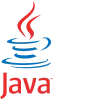
Java remains a strong programming language in the realm of enterprise applications and web development, despite the emergence of newer competitors. Its reliability, scalability, and extensive ecosystem make it an attractive choice for complex web projects. Java is used for backend development of websites: implementing server-side logic, creating APIs, handling data, interacting with databases, and is used for developing corporate systems and high-traffic distributed web applications with JEE.
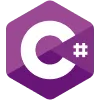
C# has become a notable language in web development, offering developers a reliable and adaptable foundation for creating interactive and dynamic web applications and platforms. Its integration with .NET Framework and ASP.NET Core allows developers to work on creating multifunctional projects.
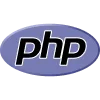
PHP is a server-side programming language widely used for creating dynamic and interactive web pages and applications. It runs on the web server and generates HTML code, which is sent to the user's browser. PHP has found application in creating and developing websites, applications, and internet services. A vast number of libraries, frameworks (Laravel, Symfony), documentation, and online communities for support help increase the productivity of website development.
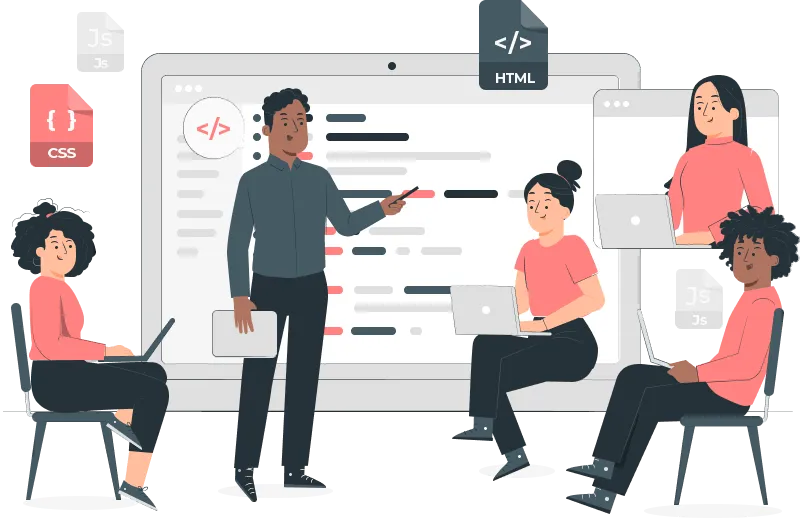
Choosing a Language for Web Programming
When choosing the appropriate programming language for website and web application development, developers should consider factors such as:
- Your goals and objectives for website development.
- Experience in creating websites.
- Preferences.
- Time and development speed.
- Operating platform.
- Project requirements.
- Scalability.
For beginner developers, it is recommended to pay attention to Python and JavaScript – these are the simplest languages to learn and use. However, there is no single best programming language for creating a website that would work in all cases. It all depends on the developer's skills and tasks. Of course, trying out several different options independently is much better than consulting with real experts. They will help choose the best solution for your project.

